Select an Orthopaedic Specialty and Learn More
Use our specialty filter and search function to find information about specific orthopaedic conditions, treatments, anatomy, and more, quickly and easily.
GET THE HURT! APP FOR FREE INJURY ADVICE IN MINUTES
Shoreline Orthopaedics and the HURT! app have partnered to give you virtual access to a network of orthopaedic specialists, ready to offer guidance for injuries and ongoing bone or joint problems, 24/7/365.
Browse Specialties
-
- Minimally Invasive Surgery (Arthroscopy)
Arthroscopy (Minimally Invasive Surgery)
Arthroscopy is a minimally invasive surgical procedure used by orthopaedic surgeons to visualize, diagnose, and treat problems inside the joint. Because it requires only tiny incisions, arthroscopy can be performed without a major, invasive operation and many procedures can be done on an outpatient basis.
More Info -
- Muscle Disorders
- Sports Medicine
Contusions or Bruises
Muscle contusions, or bruises, are second only to strains as a leading cause of sports injuries. Most contusions are minor and heal quickly, without requiring the athlete to be removed from the game. However, severe contusions can cause deep tissue damage, which may lead to complications and/or keep the athlete out of sports for months.
More Info -
- Hand & Wrist
De Quervain’s Tendinitis
De Quervain’s tendinitis occurs when the tendons around the base of the thumb become irritated or swollen, causing the synovium around the tendon to swell and changing the shape of the compartment, which makes it difficult for the tendons to move properly.
More Info -
- Arthritis
- Hand & Wrist
- Joint Disorders
Hand & Wrist Arthritis
There are many small joints in the hand and wrist that work together to produce the fine motion necessary to perform detailed tasks such as threading a needle or tying a shoelace. When one or more of these joints is affected by arthritis, even simple activities can become difficult. Although there are many types of arthritis, most fall into one of two major categories: osteoarthritis and rheumatoid arthritis, or RA.
More Info -
- Neck and Back (Spine)
- Physical Medicine & Rehabilitation (PM&R)
Herniated Disk
A disk herniates when part of the center nucleus pushes through the outer edge of the disk and back toward the spinal canal. This puts pressure on the nerves. Spinal nerves are very sensitive to even slight amounts of pressure, which can result in pain, numbness or weakness in one or both legs. A herniated disc, often referred to as a “slipped” or “ruptured” disk, is a common source of pain in the neck, lower back, arms or legs.
More Info -
- Hip
- Joint Disorders
- Joint Replacement & Revision
Hip Resurfacing
During hip resurfacing, unlike total hip replacement, the femoral head (ball) is not removed. Instead, it is left in place, where it is trimmed and capped with a smooth metal covering. In both procedures, however, the damaged bone and cartilage within the acetabulum (socket) is removed and replaced with a metal shell.
More Info -
- Joint Disorders
- Knee
- Pediatric Injuries
- Sports Medicine
Jumper’s Knee
Repetitive contraction of the quadriceps muscles in the thigh can stress the patellar tendon where it attaches to the kneecap, causing inflammation and tissue damage (patellar tendinitis). For a child, this repetitive stress on the tendon can irritate and injure the growth plate, resulting in a condition referred to as Sinding-Larsen-Johansson disease.
More Info -
- Arthritis
- Elbow
- Joint Disorders
- Sports Medicine
Loose Body in the Elbow
Loose bodies are small fragments of bone or cartilage that have broken off inside a joint. As these fragments float free within the elbow, they can cause pain and even get caught in the moving parts of the joint.
More Info -
- Foot & Ankle
- Podiatry
- Sports Medicine
Posterior Tibial Tendon Dysfunction
Posterior tibial tendon dysfunction is one of the most common problems of the foot and ankle. It occurs when the tendon becomes inflamed or torn, which impairs the tendon’s ability to provide stability and support for the arch of the foot, resulting in flatfoot.
More Info -
- Joint Disorders
- Shoulder
- Sports Medicine
SLAP Tear
A SLAP (Superior Labrum Anterior and Posterior) tear is an injury to the top (or superior) part of the labrum. SLAP tears can be the result of acute trauma, or repetitive overhead sports, such as throwing athletes or weightlifters, have an increased risk of injury to the superior labrum. Many SLAP tears are the result of a wearing down of the labrum that occurs slowly over time.
More Info


